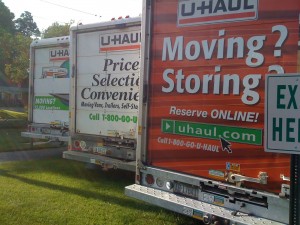Consistent and thorough (you might also say obsessive) are words that describe any Apple marketing effort. I got an example when I decided to treat myself today to the just-released Snow Leopard upgrade, speed and various new features for an affordable $29. Was near an Apple store (Knox Street in Dallas) so stopped in.
They had a little VIP line with a delicate white chain set up in the middle of the store. (Which, as Apple stores usually are, was packed. What are all those people doing in there? How many visits does it take to buy a computer or iPhone?) You move quickly through the line and an employee hands you your DVD case, shakes your hand, says “congratulations.” Another employee handles the receipt and puts a little payment confirmation sticker on the case that says “Lucky You”. And the door employee (who introduced herself by name as I entered) repeats the congratulations on the way out.
Compulsive and obsessive are signs of mental imbalance, right? Is that what Steve Jobs means by “insanely great?” But it’s also very effective marketing because it makes customers feel smart and special.
